Call the priest: New Exorcist sequel flops
The script is possessed by triteness and the set up is dull. But the film is still worth watching for the return of 90-year-old Ellen Burstyn who is called for advice when kids start behaving strange.
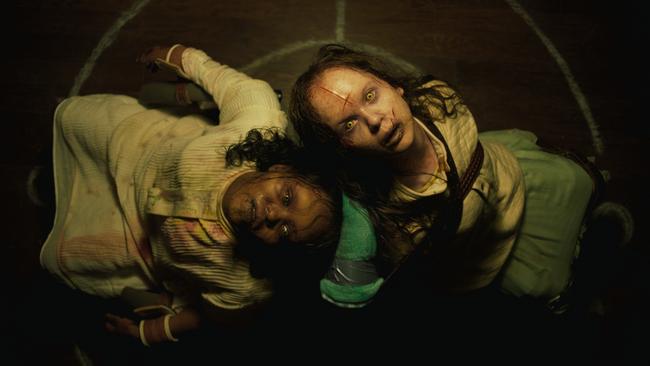
The Exorcist: Believer
In cinemas
★★
Fifty years ago, in the original (and best) The Exorcist, Ellen Burstyn was the mother of Linda Blair’s demonically possessed 12 year old. She received an Academy Award nomination (as did Blair) but did not win. She had to wait only 12 months, however, to win an Oscar for her role in Martin Scorsese’s Alice Doesn’t Live Here Anymore.
Now Burstyn, 90, is back for The Exorcist: Believer, the sixth instalment in the franchise, and it is her performance, and those of the two young actors who play the bedevilled girls she tries to help, that lift this to a two-star film.
Just about everything else in this 111-minute movie is in need of a priest. It is directed by David Gordon Green, who has dramas, comedies and three Halloween films to his name.
The script, co-written by Green and Peter Sattler, is possessed by triteness. It’s full of people asking questions such as “What is evil?” The answer is the scripted lines they say next.
The set up is dull and slow.
Two friends Angela (Lidya Jewett) and Katherine (Olivia Marcum), go missing in the woods, are found and start behaving oddly, even for 13 year olds.
Angela’s widower father (Oscar nominee Leslie Odom Jr, wasted in this role) is an atheist. When his wife was pregnant something went wrong and he had to tell the doctors who to save: wife or child.
We know, via a flashback that opens the film, who died and who lived but we don’t know what he told the doctors and this, the sole point of emotional interest in the film, becomes important.
Katherine’s parents (Jennifer Nettles and Norbert Leo Butz) are bible-quoting believers. In rather quick fashion the parents contact Chris McNeil (Burstyn) to see if she can explain why their daughters are behaving the way hers did 50 years ago.
McNeil admits she did not see her daughter’s exorcism “but I sure as hell witnessed the possession”. The two young actors are good as the demons take up residency, especially Jewett, who has a cold-eyed, back-off look about her.
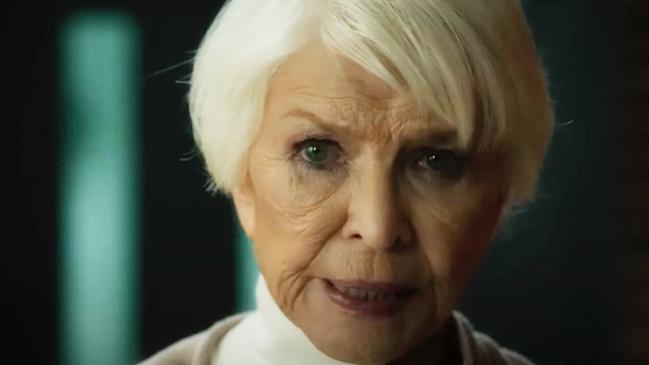
But The Exorcist is all about the exorcism, so once these preliminaries are dispensed with we have the two girls tied to chairs in a room occupied by their parents and various religious and spiritual saviours.
There’s a lot of demonic voices, swearing, head-swivelling, eye-rolling, blood-drooling and projectile vomiting. It’s a double exorcism that’s not half as good as the original one.
When the battle with the devil reaches its predictably dramatic conclusion, the police arrive at the house. Personally I think they should arrest everyone on the premises and, while they’re at it, the director as well.
The Wonderful Story of Henry Sugar (G)
Netflix
★★★½
Plus: The Rat Catcher (G), The Swan (PG), and Poison (PG)
Netflix
Wes Anderson and Roald Dahl. What a brilliant, eccentric, complicated relationship that is.
The Wonderful Story of Henry Sugar is the centrepiece of four short films written and directed by the American filmmaker, all based on short stories by the British writer.
At 39 minutes, it is the longest short. The Rat Catcher, The Swan and Poison are 17 minutes apiece. Netflix paid a huge sum for the rights to Dahl’s catalogue in 2021 and when Anderson signed on as a director the plan was to turn the four stories into one movie.
However, Anderson – who directed the terrific 2009 animation of Dahl’s 1970 novel Fantastic Mr Fox – decided to make four separate films.
It’s important, however, to watch them in one sitting and in a certain sequence, starting with Henry Sugar and ending with Poison. The Rat Catcher and The Swan are a little more interchangeable but I suggest that order.
Henry Sugar is the warmest and funniest, The Rat Catcher is the strangest, The Swan is the saddest and Poison is, in the end, the nastiest. While the shorts are rated G and PG, darkness lurks in them, as it does in Dahl’s writing and Anderson’s films.
The ensemble cast includes Benedict Cumberbatch, Ralph Fiennes, Ben Kingsley, Dev Patel and Rupert Friend. They work within the director’s unconventional visual and narrative framework, acting the flamboyant roles while at the same time looking directly into the camera and speaking straight to the viewer.
Henry Sugar opens with a writer (Fiennes) remembering a story he was asked to write. He’s in his “writing hut” wearing a red shirt, red trousers, red slippers, a brown cardigan and smoking a cigarette.
There’s no mistaking that this is Dahl, which means that from the outset, the director entwines the author, a definite anti-Semite and possible sexist who has had his books re-edited in recent times, with his interpretation of the stories about to be told.
We cut from Dahl to the fictional Henry Sugar (Cumberbatch), a wealthy gadabout who has “never done a day’s work in his life. It’s the late 1950s in London. He’s at a party, bored and finds a book that is a doctor’s account of a man who could see without using his eyes.
We cut to 1935, India, that doctor (Patel) and the all-seeing man (a wonderful Kingsley). We learn his story, as does Sugar, who decides to train himself to see without his eyes so he can read cards and clean out the world’s casinos.
All of the stars play multiple roles and one of the highlights of this multi-tasking is when a bobby (Fiennes) turns up at Sugar’s home to ask him what the hell he thinks he’s doing.
The Rat Catcher is about a rodent exterminator (Fiennes) hired to remove rats from a village haystack. To describe his methods as unusual would be an understatement. “You’ve got to be clever on this job,’’ he tells his employers. “You’ve got to be cleverer than a rat and that’s saying something.”
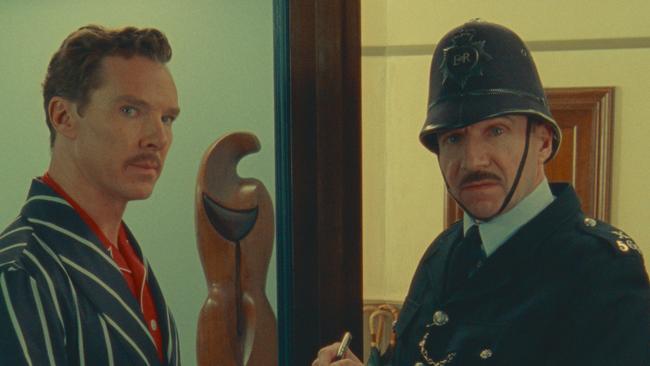
This story, which Dahl wrote in the 1950s, prepares some of the ground for his famous (and now re-edited) 1964 novel Charlie and the Chocolate Factory. It starts out with an odd rat catcher and grows into something far more disturbing.
(Speaking of Charlie and the Chocolate Factory, two more versions are due soon: Kiwi director Taika Waititi is making an animated series for Netflix, and Paul King a feature film, Wonka, for Warner Bros, with Timothee Chalamet as Willy Wonka.)
The Swan, starring Friend, is about an intelligent, bespectacled, birdwatching 13-year-old boy who is savagely bullied by two slightly older “dangerous, crazy, stupid boys”, one of who is armed with a rifle. A swan is involved, literally and metaphorically and what happens is heartbreaking
Poison, set in colonial British India, starts out with a light touch. A man in striped pyjamas (Cumberbatch) lies rigid in his bed because, as he tells his friend (Patel), a poisonous snake has slithered under the sheets and is asleep on his stomach.
A local doctor (Kingsley) is called in. As in each of the stories, there’s a cut to Dahl in his writing hut. He confirms the snake is lethal if it bites. The rigid man whispers: “It didn’t bite yet.” The doctor decides to use chloroform to minus the adder.
So the poison of the title is in both the asp and the treatment. However, as the snake removal procedure moves towards its conclusion, the bitterest poison of all, that of human prejudice and cruelty, comes from neither.
This quartet of short films is a fascinating – and superbly acted and immaculately stylish – exercise of one unusual brain exploring another.


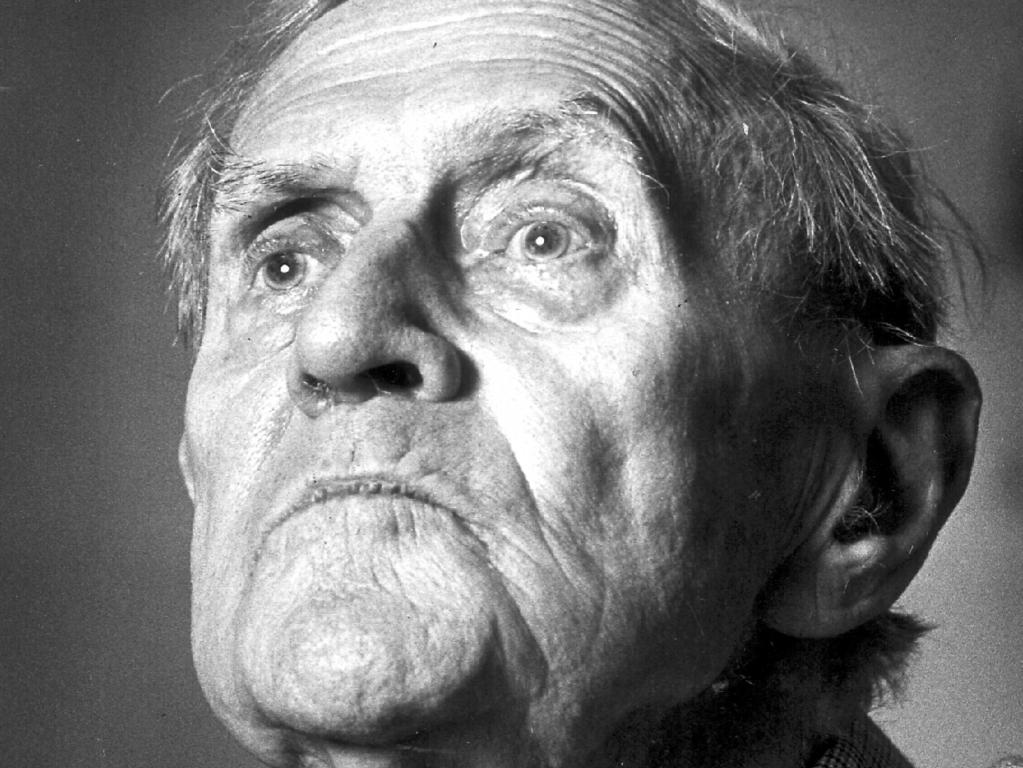
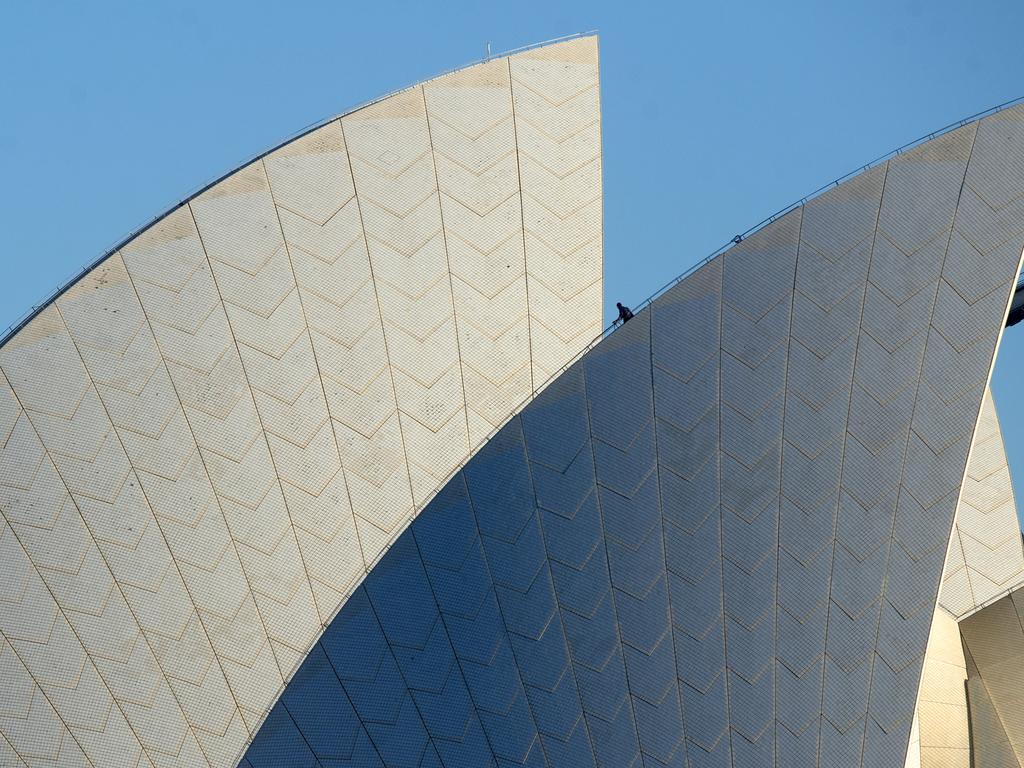


To join the conversation, please log in. Don't have an account? Register
Join the conversation, you are commenting as Logout